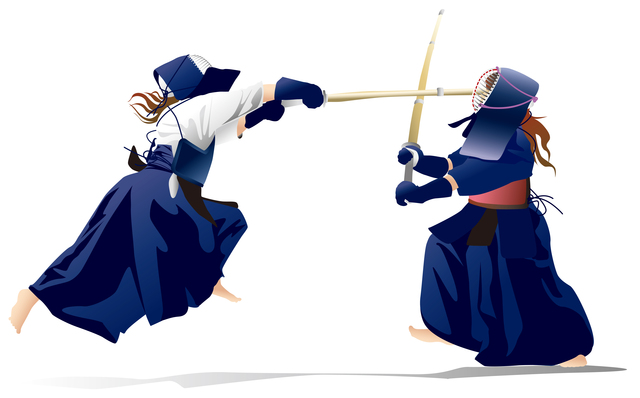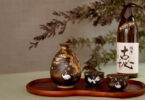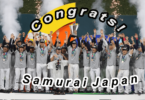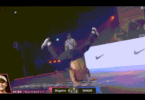Hi everyone how are things going? Today’s theme is one of “Cool Japan” Martial Arts “Kendo” (Japanese fencing), in other word, Bushido( the Way of the Samurai).
Contents
What’s “Kendo“?
Actually speaking, Kendo reminds me of painful moments and days when I was a member of Kendo club in my high school days, say, about 55 yeas ago where I had been hit severely to nearly death by opponent’s bamboo sword as I was delinquent at Kendo practice during the lessons.
Therefore I don’t have good memories about Kendo, but I’d like to talk about it today.
Kendo, if we say it literally “Way Of The Sword” which is the traditional Japanese style of fencing that today is a modern martial art practised throughout the world.
As the roots of kendo can be traced to early Samurai time and later on to the studying of Bushido (the “Way of the Samurai”) – knowledge of the past is a determining factor to really understand the meaning of it.
Blows are exchanged with bamboo swords, accompanied by fierce yells. Two swordsmen attack one another. Their movements are too quick and agile to follow.
This is one of Japan’s martial arts, kendo.
Practitioners wear protective gear modelled after samurai armour, and fight with bamboo swords. Landing a perfectly coordinated blow on the opponent scores one point. The first to score two points wins the match.
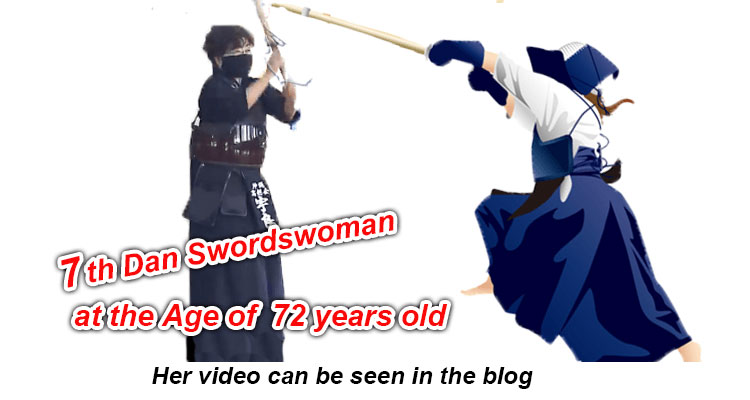
There are several ways of earning a point.
The first is a blow to the head-a technique called “men” in Japanese.
The second one is “kote“-an attack aimed at the opponent’s padded gloves of wrist.
The third one is “do“. This requires swinging the bamboo sword down obliquely to strike the opponent’s chest protector.
The last one is”tsuki“. This requires the sword to be thrust forward, so that its tip hits the opponent’s throat protector.
However, simply landing one of these blows is not enough for a point to be awarded. There are three conditions that must be met.
These are known as “ki”(full of spirit), “ken”(swordsmanship), and “tai”(having the correct form).
How is the winner decided in a kendo match?
To win the match, you need to hit your opponent’s face, body, or wrist and score two points first. If neither player can score two points, the match goes into overtime.
In overtime, the first player to score one point is the winner.
The match is conducted by three referees. The referees judge whether the player’s strike is valid or not, and declare “one point” for a valid strike.
If neither player can make a valid strike, the referees declare “invalid”.
The match is won by the first player to score one point. If neither player can score one point, the match goes into overtime.
In overtime, the first player to score one point is the winner.
The match is based on a three-point system, but it can be changed to a one-point system if necessary for the management of the tournament.
The winner is the one who scores two points first within the time limit.
If one side scores one point and the time limit expires, that side wins.
A point is scored by hitting the opponent’s valid target areas (men, kote, do, tsuki) with the striking part of the bamboo sword (shinai) with correct posture, spirit and follow-through.
According to the All Japan Kendo Federation12, it is a traditional Japanese style of fencing with a two-handed wooden sword, derived from the fighting methods of the ancient samurai (warrior class).
It originated from the experiences of the samurai who trained to use “nihonto” (Japanese swords) in combat and acquired a distinctive appreciation of the “principles of the sword”.
It evolved from killing techniques to those that sought to nurture humanity through concepts such as “katsunin-ken” (the life-giving sword).
It also developed theories for victory and a disciplined way of life. It is widely practiced among students, police, and military groups in Japan and to a lesser extent in other countries.
Well, let’s see how brilliant superlady who passed 7th Dan(rank) which is second from the 8th highest rank at the age of 72 years old,
What’s the ultimate goal of Kendo?
By striving to achieve a unity of body and mind, it is both a sport and an art and a way to coordinate the physical-emotional-mental dimension.
The ultimate goal in practicing Kendo is to make the art thoroughly a part of your self.
Like breathing that is independent of our will, the goal in kendo is to achieve a state wherein you can respond with the best of tactics unconsciously.
You shall never allow your soul, your inner spirit, to link itself to the technique. For many Kendokas Kendo is not only a sport but also a way of living and building a character.
For many practitioners it is first of all a kind of cultural expression and secondly a mental and physical sport.
It embodies the essence of Japanese fighting arts and like some other Japanese martial arts, to understand Kendo and what it really means is a lifelong and amazing journey.
Kendo.com is not only a tribute to Kendo and Bushido but also to old traditions in a modern and future-oriented society.
These traditions still in many ways permeate Japan on all levels.
The mental aspect of kendo that prevails among today’s practitioners is thought to have originated, for the most part, in the 17th century, Master swordsman Miyamoto Musashi is regarded as one of the leading figures in the development of the “Way of the Sword”.
In “The Book of Five Rings”, Musashi not only described the essence of combat, but also laid out his philosophy for living.
It says “The journey of a thousand miles begins with a single step.
Perseverance in traing is essential.
Be better today than you were yesterday, and then strive to become better still.
Continue training so as to develop unwavering self-discipline”.
Musashi philosophy is still very relevant in the world of kendo today, where emphasis is placed not just on technical refinement but also on the training of the mind.
For Musashi, the most important duel of his life was the one with the Yoshioka clan.
The first duel was in 1604, but the third and final duel was at Ichijoji no Shimomatsu in Sakyo-ku, Kyoto, before dawn, when it was still dim.
There, hundreds of Yoshioka’s disciples were waiting for Musashi.
However, Musashi was hiding in a place where he could overlook Shimomatsu, and he checked the situation of the disciples’ arrangement. And then, the final duel took place…
This is a video of part of that duel scene. Please enjoy.
Musashi died of illness or old age at the Chiba Castle residence on June 13, 1645.
It is not clear when he was born, so it is not certain, but he is said to have been over 60 years old.
Considering that he continued to challenge real battles with his life at stake, it is remarkable that he did not lose his life by the sword and lived to that age.
He must have been an extraordinary swordsman.
At the end, please enjoy the following match, “17 World Kendo Championships 2018, Men’s Team Final between Japan and Korea”,

